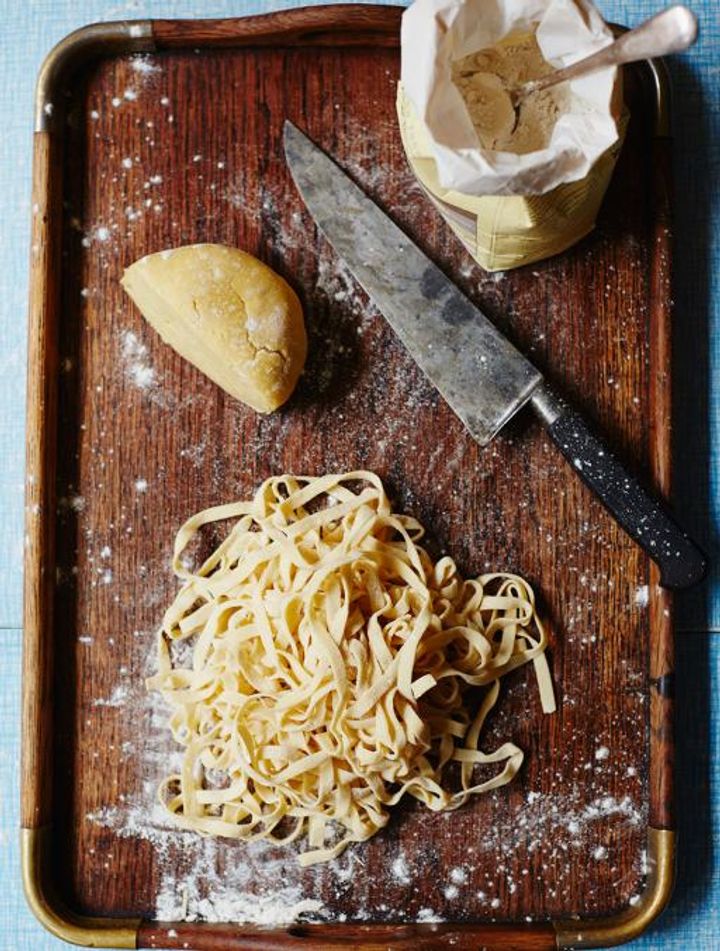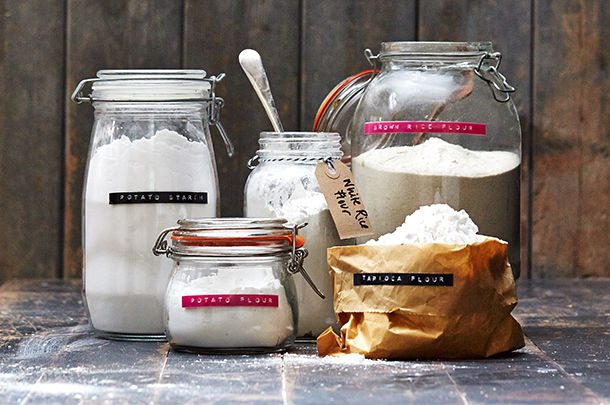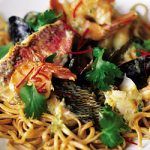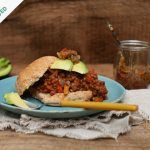The gluten-free food market has boomed in the past couple of years, and is now thought to be worth over £200m. But what is the science behind the hype, and why are so many healthy people going gluten free?
Gluten is a protein found in wheat, barley, rye, and sometimes oats. It’s perfectly natural, but people with coeliac disease, gluten intolerance, or the much less-common skin condition, dermatitis herpetiformis, can have nasty reactions if they eat it.
With coeliac disease, the body’s immune system reacts to consuming gluten by damaging the lining of the small intestine, which interferes with the body’s ability to absorb nutrients. Gluten intolerant or sensitive people experience negative reactions to gluten, but do not actually have coeliac disease. To add to the confusion, you can also have a wheat allergy, which is an aversion to wheat itself, so a gluten-free product may not necessarily be OK for those with a wheat allergy. With so many different causes, conditions and symptoms, diagnosis is extremely hard, and there is a lot of misinformation about gluten.
However, allergies and intolerances are becoming increasingly common. Over the past few years we have seen significant rise in hospital admissions for food-related allergies and intolerances. Given all of this, it is no surprise that the gluten-free diet has been adopted by so many – but it’s important to differentiate between those with a condition and those without.
If you don’t have one of the above conditions, removing gluten from your diet has no direct effect on your health at all. The low-carb and high-protein diet phenomenon is the main reason, I believe, many people choose to go gluten-free. Gluten is the protein found in many of our main sources of starchy carbohydrates, such as bread and pasta. By going gluten-free, you are limiting your sources of carbohydrates, a method many in fact use to aid weight loss.
Being a baker, whenever I whip up a gluten free cake or biscuit, my friend’s immediate reactions are usually “That means it’s healthy, then”? Incorrect. Foods containing gluten are typically cakes, biscuits, pastries, pancakes and muffins – the foods associated with weight gain and other dietary diseases like diabetes and cardiovascular disease. Those conditions have everything to do with the calorie, sugar and fat content of these products, and not much, if anything, to do with the gluten.
Those choosing to avoid gluten will likely avoid these types of products, but a gluten-free equivalent cake or biscuit, with nothing different other than the removal of gluten, will be no healthier than their gluten-containing equivalents. Sometimes gluten-free products can even be higher in fat, sugar and salt to improve their flavour or texture. Not only that, but by excluding whole groups of foods, you are putting yourself at risk of lowering intakes of certain vitamins and minerals.
For example, by cutting out gluten you are also reducing your intake of wholegrains, a key source of fibre in the diet and something most of us don’t get enough of.
The danger now is that the trend aspect of a gluten-free diet will start to overshadow the 1 in 100 people who have coeliac disease – a very serious disease that requires gluten avoidance for life. The plus side, however, is that there is more choice available to those with a gluten intolerance or sensitivity. What now used to be a small “specialist food” shelf at the back of supermarkets is now a whole section. Eating out is now a much more easy and pleasant experience for those who need to go gluten-free, as restaurants adorn their menus with little dietary logos to show off their gluten-free dishes. At Jamie’s Italian we now cater for our gluten-free customers by providing a gluten-free pasta dough amongst other gluten-free options on our menu. We’ve also got a superb gluten-free pasta recipe right here on JamieOliver.com, should you wish to try it at home.

So, whilst this surge in popularity is amazing for those with dietary requirements and absolutely something to be celebrated, the rules for staying healthy are the same whether you are going gluten-free or not. There are plenty of gluten-free carbohydrates to choose from – rice, potatoes, quinoa and millet, as well as a gluten-free flours and pastas. Ultimately, unless you suffer from coeliac disease, dermatisis herpetiformis, gluten intolerance or gluten sensitivity, then there’s really no benefit to choosing gluten-free products.
For those who do have to live with one of these conditions, we have been working hard on creating some seriously beautiful gluten-free recipes which are now all available online – please do take a look at these for cooking inspiration!























